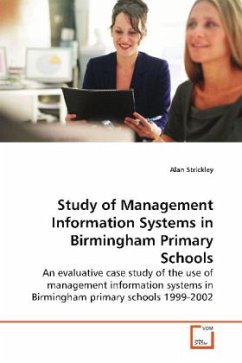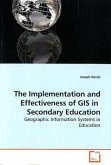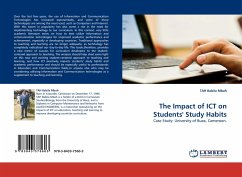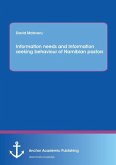All primary schools in Birmingham, at the time of the
research (1999-2002), used the Capita SIMS MIS as
their management system. Each school had a network of
at least three computers with access to this system.
Analysis was from data collected through a
questionnaire in May 1999 and semi structured
interviews conducted amongst a mixture of staff at 20
schools September 1999 until September 2001. The data
collected above was coded into areas of significance
based on the broad generic categories of:
infrastructure, external influences, usability of the
software, training and support, people and module
usage. The findings indicate that despite an
overwhelming acceptance of the value of such systems,
they are generally being used to provide specific
statutory returns and administrative type functions.
This is as opposed to use as a constant monitoring
tool for self-evaluation, performance management,
alerting and feedback, which is then used to inform
the teaching and learning process. The research also
looked at the whole process of data transfer in the
city, training and support, accessibility and
national standards and their effects upon the way
that the MIS is used and perceived.
research (1999-2002), used the Capita SIMS MIS as
their management system. Each school had a network of
at least three computers with access to this system.
Analysis was from data collected through a
questionnaire in May 1999 and semi structured
interviews conducted amongst a mixture of staff at 20
schools September 1999 until September 2001. The data
collected above was coded into areas of significance
based on the broad generic categories of:
infrastructure, external influences, usability of the
software, training and support, people and module
usage. The findings indicate that despite an
overwhelming acceptance of the value of such systems,
they are generally being used to provide specific
statutory returns and administrative type functions.
This is as opposed to use as a constant monitoring
tool for self-evaluation, performance management,
alerting and feedback, which is then used to inform
the teaching and learning process. The research also
looked at the whole process of data transfer in the
city, training and support, accessibility and
national standards and their effects upon the way
that the MIS is used and perceived.








